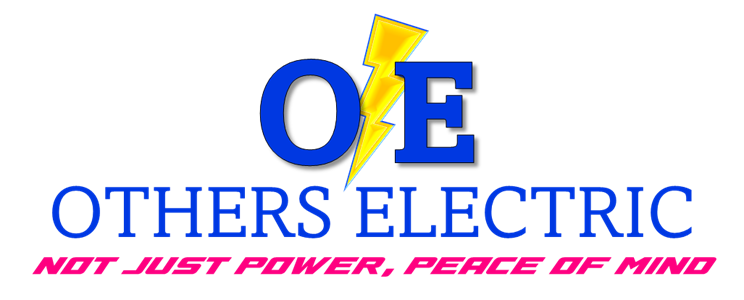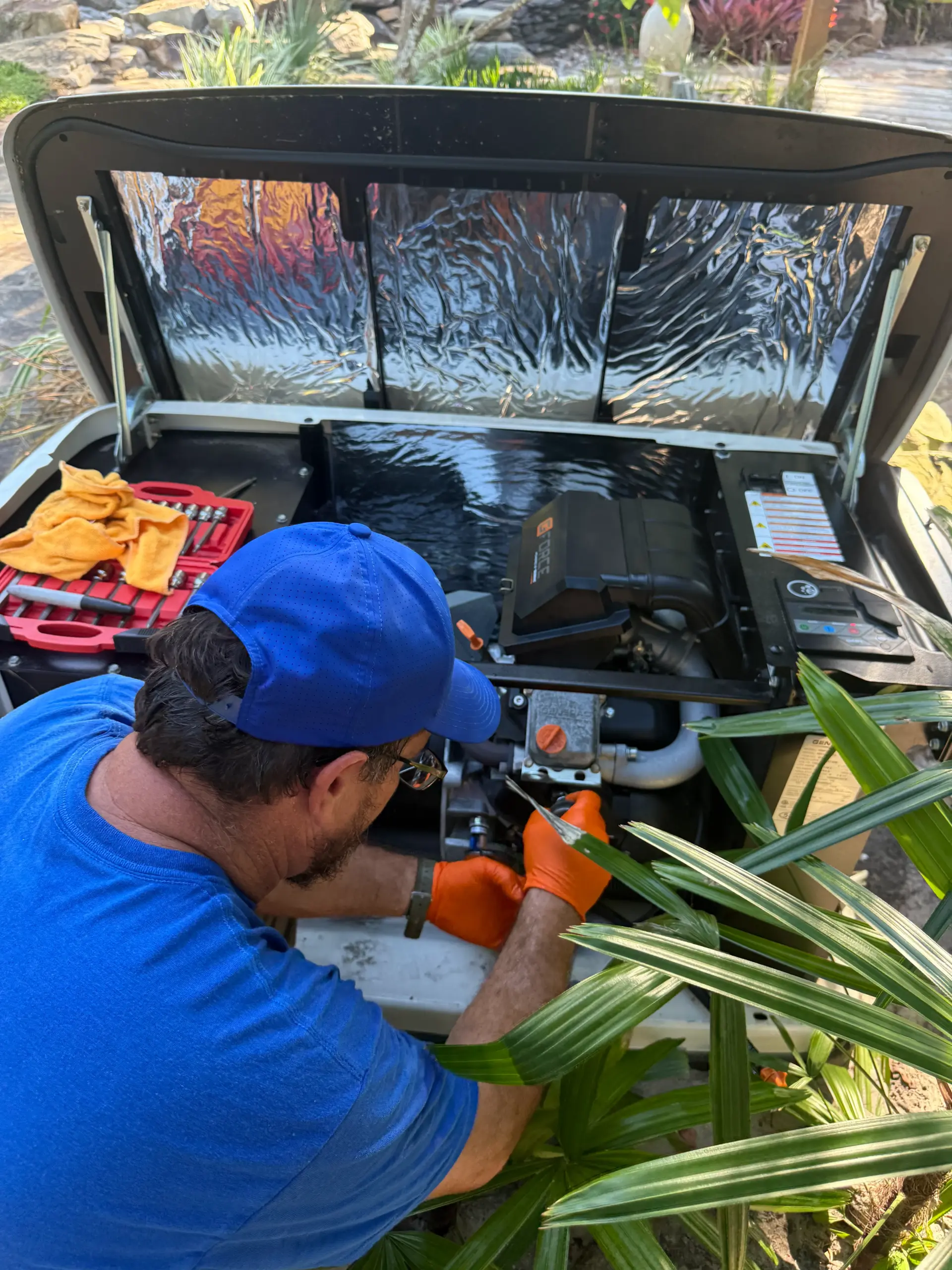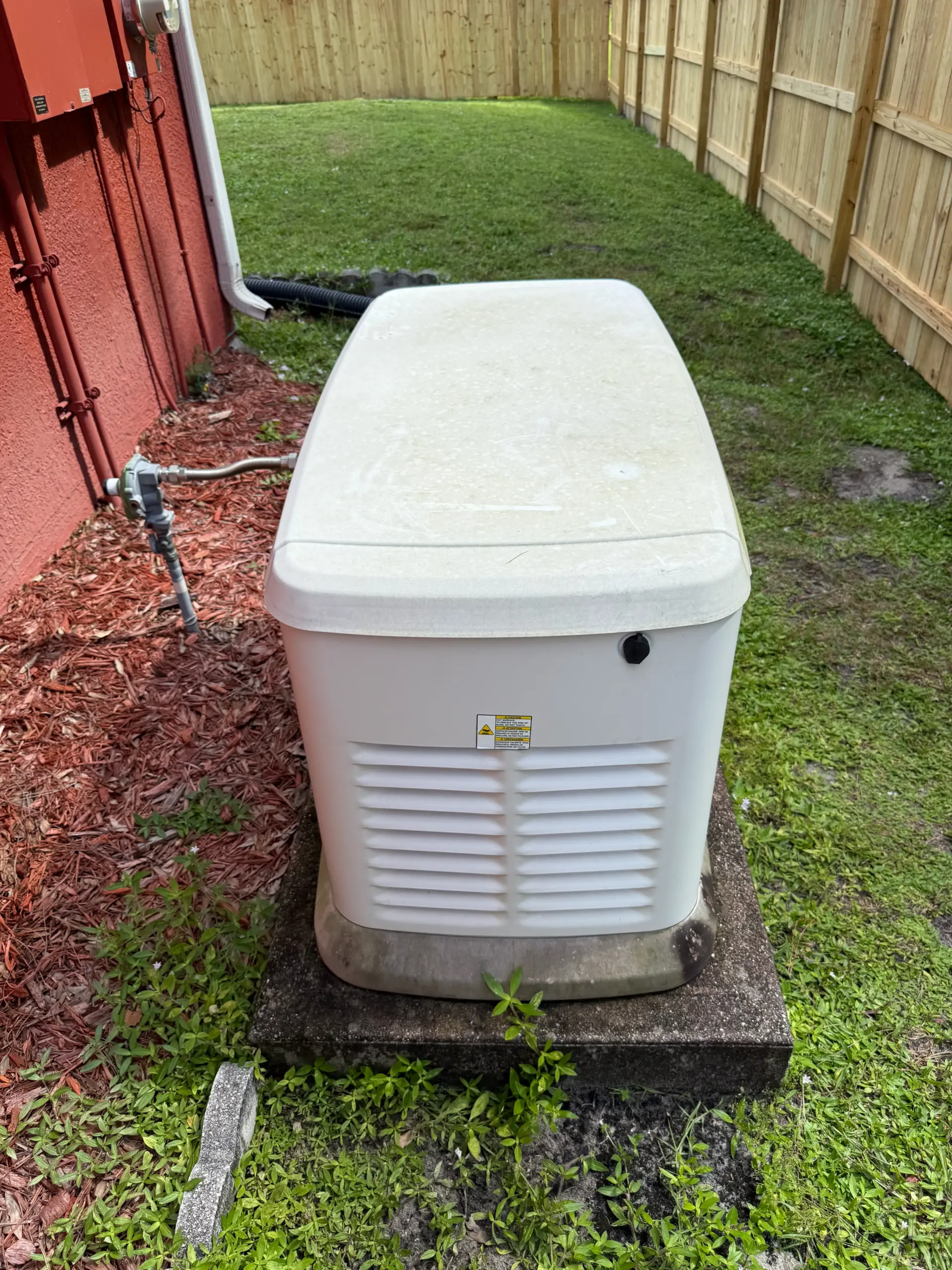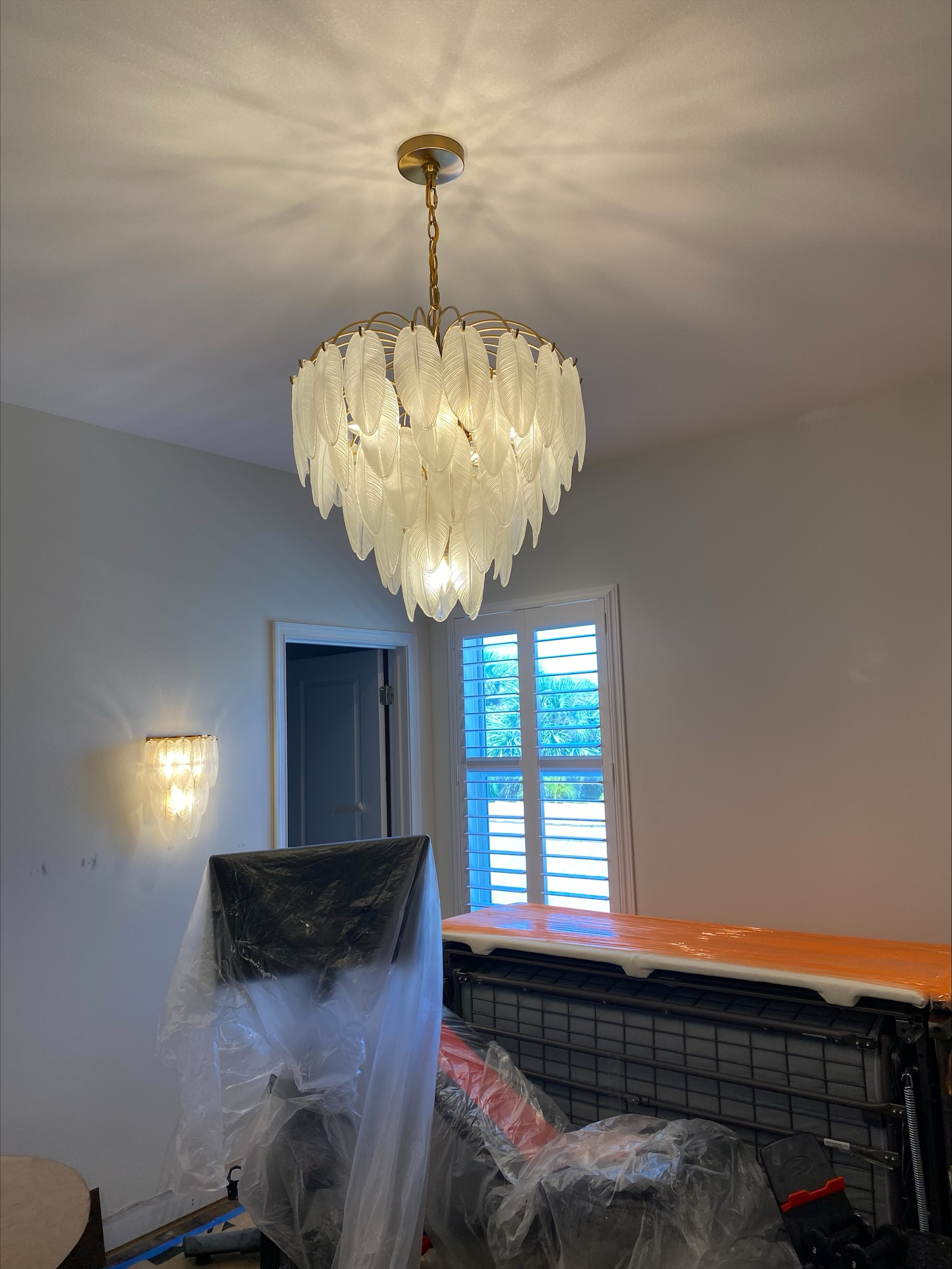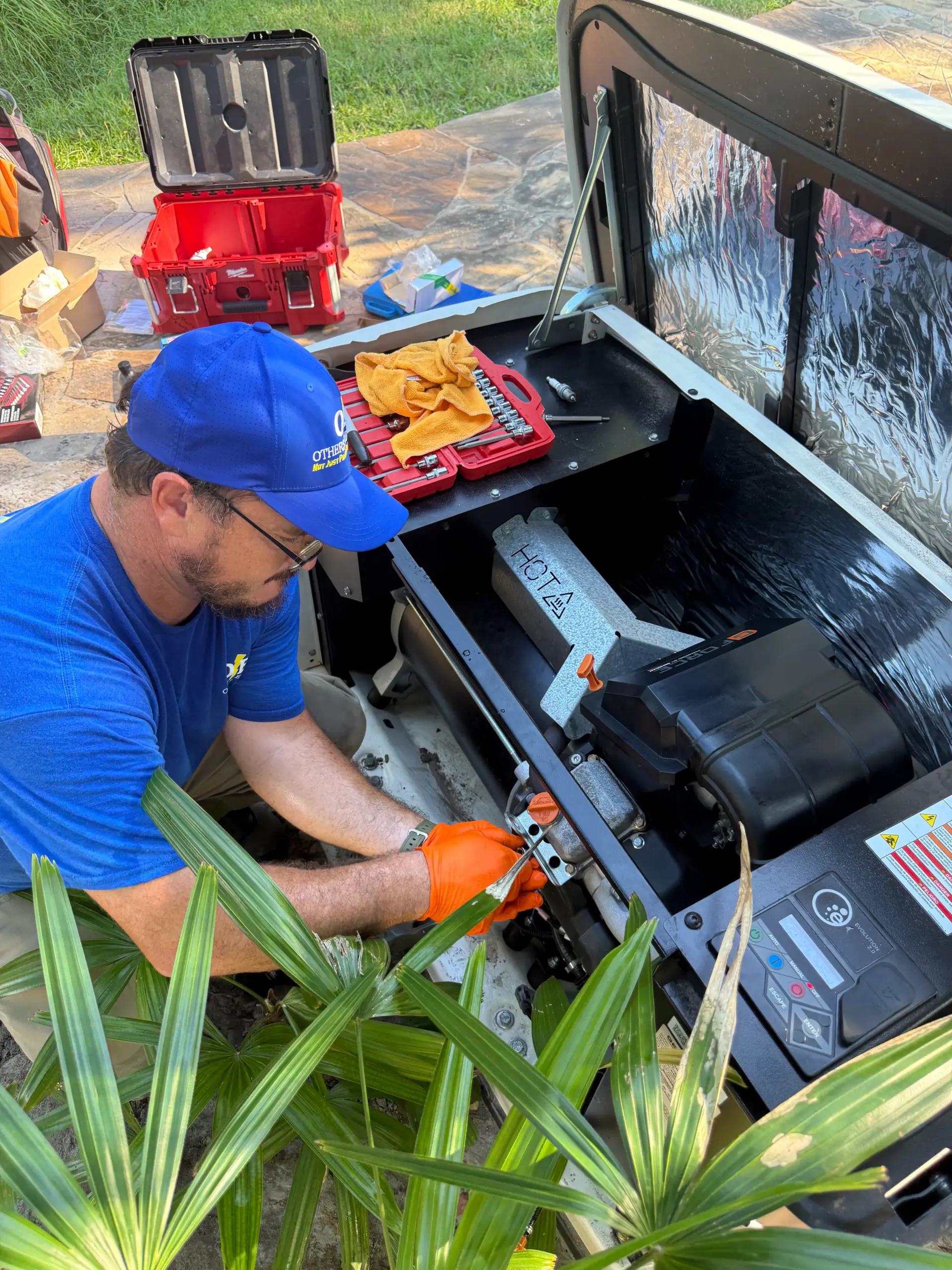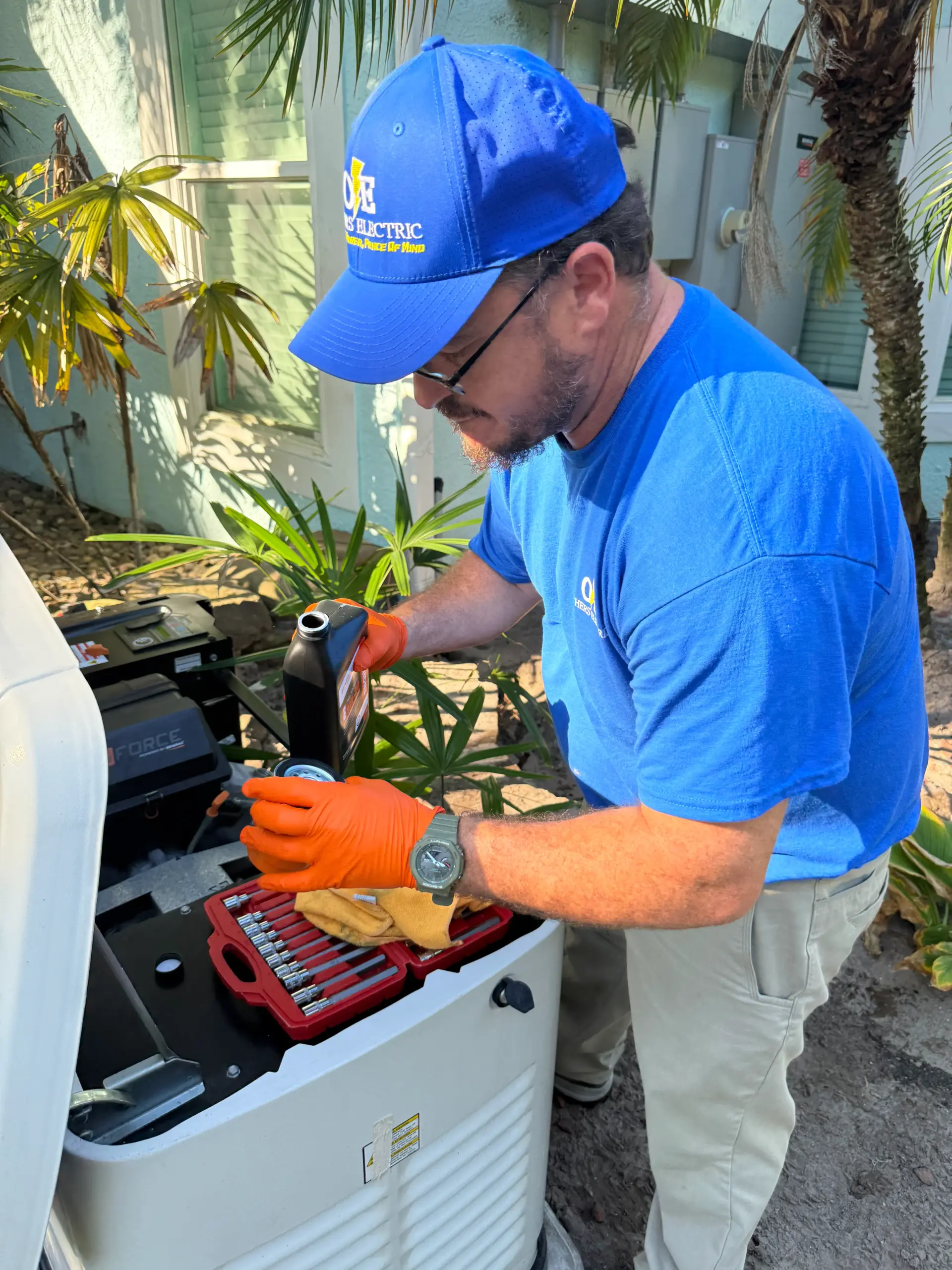When it comes to home and commercial electrical systems, safety is always the top priority. That’s why most modern wiring setups include polarized electrical receptacles. If you’ve ever looked at a standard outlet and noticed that one slot is slightly larger than the other, you’re looking at a polarized outlet. But what exactly does it do? Simply put, a polarized electrical receptacle is used for ensuring that electricity flows in a specific direction, helping protect people and equipment from electrical shock or damage.

Understanding the Design of Polarized Receptacles
The design of a polarized electrical receptacle may appear simple, but its function is crucial. One of the vertical slots is larger than the other to indicate the neutral side, while the smaller slot connects to the “hot” wire. This asymmetrical design allows a plug to be inserted in only one orientation. When appliances are properly wired with polarized plugs, the current enters the appliance through the hot wire and exits through the neutral wire, flowing predictably and safely through the device.
This matters because many electrical devices, especially older or non-grounded ones, have internal components that connect directly to the chassis or casing. If electricity enters these components through the incorrect path, it could energize the housing and pose a shock risk. With a polarized electrical receptacle, the hot and neutral wires are aligned to minimize this danger.
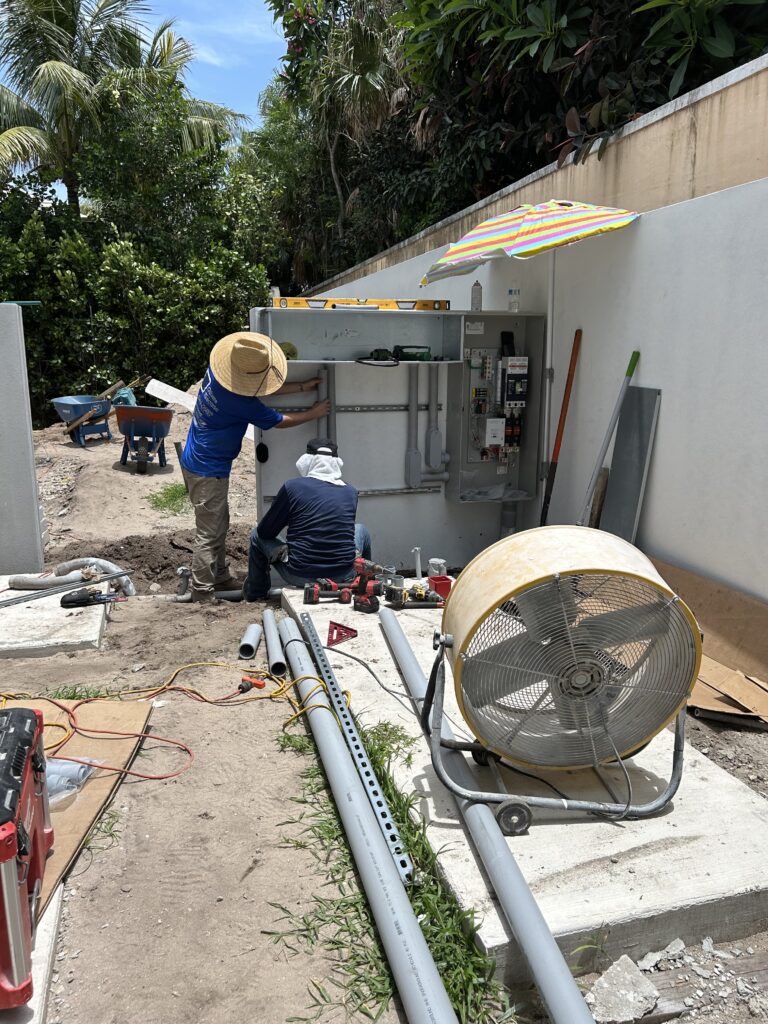
The Purpose Behind Polarization
A polarized electrical receptacle is used for safety by directing current through a controlled path. For devices like lamps, fans, or toasters, which might have exposed metal parts, polarization ensures that the switch controls the hot wire. This guarantees that when the appliance is switched off, the internal circuitry is no longer carrying live electricity. Without this safety feature, a device might still carry current even when it appears to be turned off.
In essence, polarization creates a safer connection between the power source and the appliance. While it is not a substitute for grounding—which provides a physical path for stray electricity—it significantly reduces the risk of accidental shocks and helps maintain electrical code compliance.
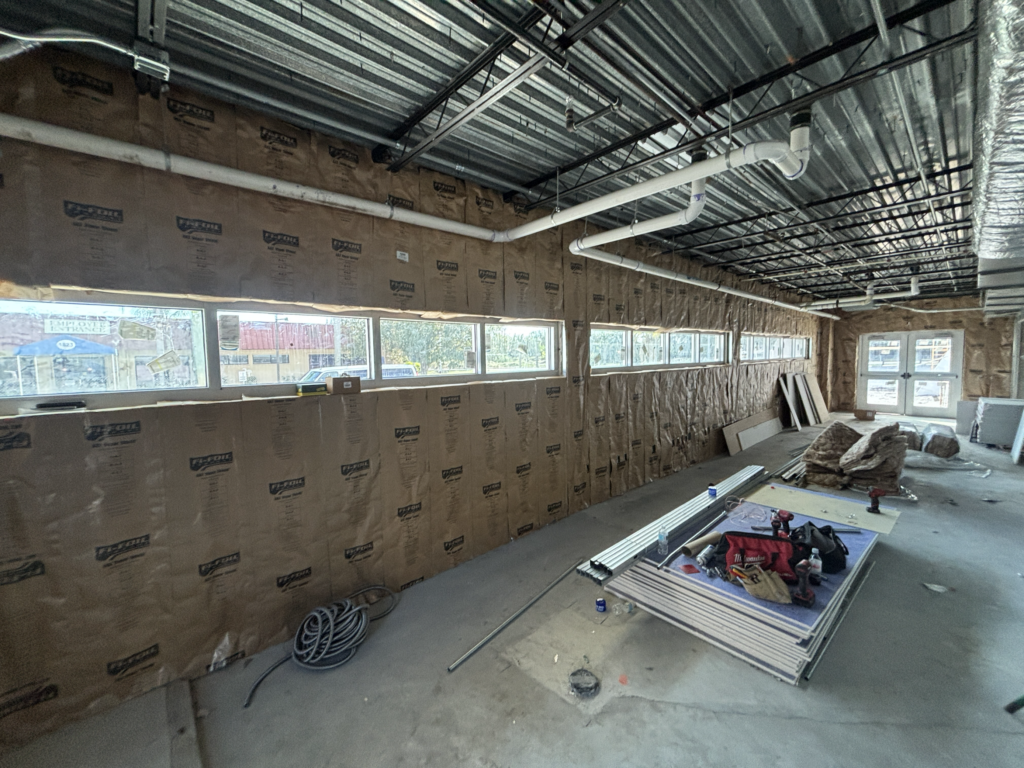
Compatibility and Modern Usage
Most appliances sold today in the U.S. feature polarized plugs, designed specifically to work with polarized outlets. You’ll recognize them by the two-prong design, where one prong is slightly wider. This ensures that even basic household devices plug in with proper alignment. In newer homes, grounded outlets are common, incorporating a third round hole for the ground pin, but they are still polarized as part of their safety protocol.
That said, not all outlets in older buildings are polarized. If your home or apartment was built before the 1960s and has not been updated, the outlets may not accommodate polarized plugs. In such cases, it’s worth having the system inspected and potentially upgraded by a licensed electrician. Improperly matched outlets and plugs can create serious hazards, especially when modern devices are used with outdated wiring.
Why Replacing or Upgrading Outlets Matters
If you’ve ever struggled to plug in a device only to find the prongs don’t align, you’re likely dealing with an unpolarized outlet. Replacing these with polarized or grounded receptacles is a relatively simple and cost-effective upgrade that greatly improves electrical safety. This is especially important in homes with young children, elderly residents, or sensitive electronic equipment.
Hiring a qualified professional to inspect your outlets and replace unpolarized receptacles ensures that the electrical system complies with current safety standards. Companies like Others Electric can assess your electrical infrastructure and recommend targeted upgrades that keep your home safe and fully functional.

Code Compliance and Inspections
Electrical codes, including those outlined in the National Electrical Code (NEC), mandate the use of polarized receptacles for non-grounded systems and grounded outlets where possible. Many local building codes have adopted NEC standards, and failing to comply with these requirements during renovations or home sales could result in failed inspections.
When replacing outlets during a remodel or home upgrade, installing polarized or grounded receptacles is not only required, but it also ensures long-term compatibility with today’s appliance standards. In rental units and condominiums, property managers must often schedule routine inspections to ensure electrical safety, and non-compliant outlets can lead to liability issues if they result in injury or equipment damage.
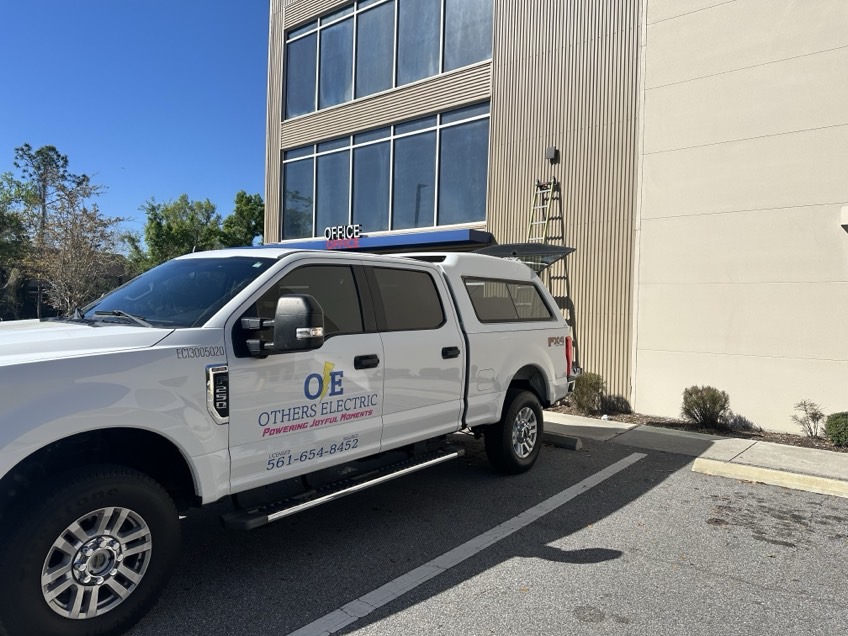
Conclusion
A polarized electrical receptacle is used for guiding current safely through appliances, reducing the risk of electrical shock and helping appliances function properly. Though it may seem like a minor design feature, polarization plays a significant role in modern electrical safety. Upgrading unpolarized outlets and ensuring that receptacles are properly wired is a critical step toward creating a safe and efficient home or commercial space.
For outlet inspections, upgrades, and code-compliant installations, Others Electric provides expert service and peace of mind. Whether you’re updating a single outlet or renovating an entire building, working with licensed professionals ensures your systems meet today’s electrical standards.
